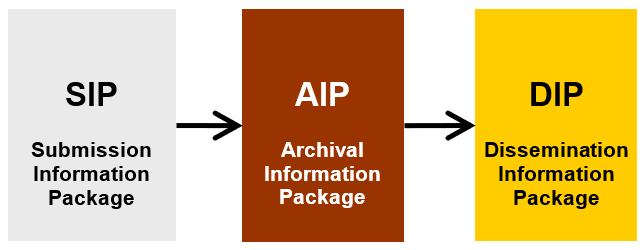Introduction to Rosetta AIP Data Model
Purpose
Ex Libris Rosetta is a digital-object preservation solution that conforms to the ISO-recognized Open Archival Information System (OAIS). The purpose of this document is to describe the uniqueness of the AIP data model in Rosetta and the way it implements the PREMIS reference model using METS.
Scope
The OAIS reference model defines three types of information packages that need to be managed by a preservation system:
- SIP – Submission Information Package AIP – Archival Information Package DIP – Dissemination Information Package
- AIP – Archival Information Package
- DIP – Dissemination Information Package
Rosetta allows the SIP and the DIP to have a variety of formats and structures and provides an SDK to support this (refer to the SDK documentation).
This document describes and refers to the AIP, which is stored in a METS XML file in Rosetta’s permanent repository module. Each AIP describes one intellectual entity (IE).
The METS XML is generated in the Staging module during the SIP processing. During processing, the IE information is kept and managed in the database. By the time the SIP is moved to the permanent repository, the METS XML contains all the information regarding the IE, collected from the different database tables.
The information on the METS XML can be reloaded back into the database when the IE is brought from the permanent repository for maintenance (preservation actions, adding representations, and so forth).
The following diagram shows the flow between the three types of information packages:

The AIP is stored in a METS XML file and can be viewed in the permanent repository module of Rosetta. Each AIP relates to one IE.
For example, an IE that represents a scanned book has one Preservation Master representation that includes TIFF files and one derivative copy representation that includes low resolution JPEG files.
Whether the derivative copy representation was part of the IE when it was ingested by a submission application or whether it was generated by Rosetta as part of the SIP processing, the files of the representation remain in the Staging area. There is no mention of the derivative copy in the METS file since it is not part of the AIP.
If the IE is exported from the UI, the derivative copy is exported as well, as part of the IE.

